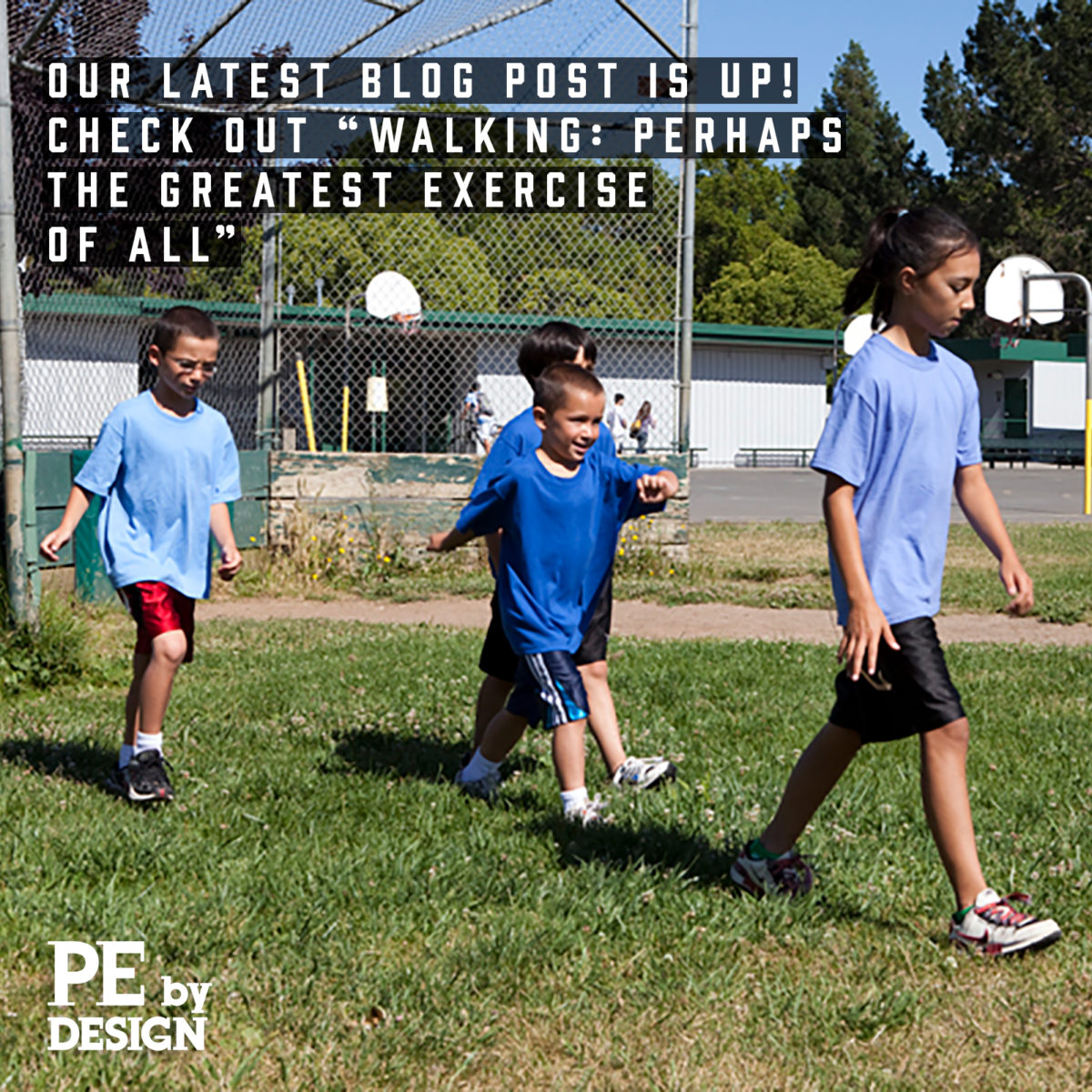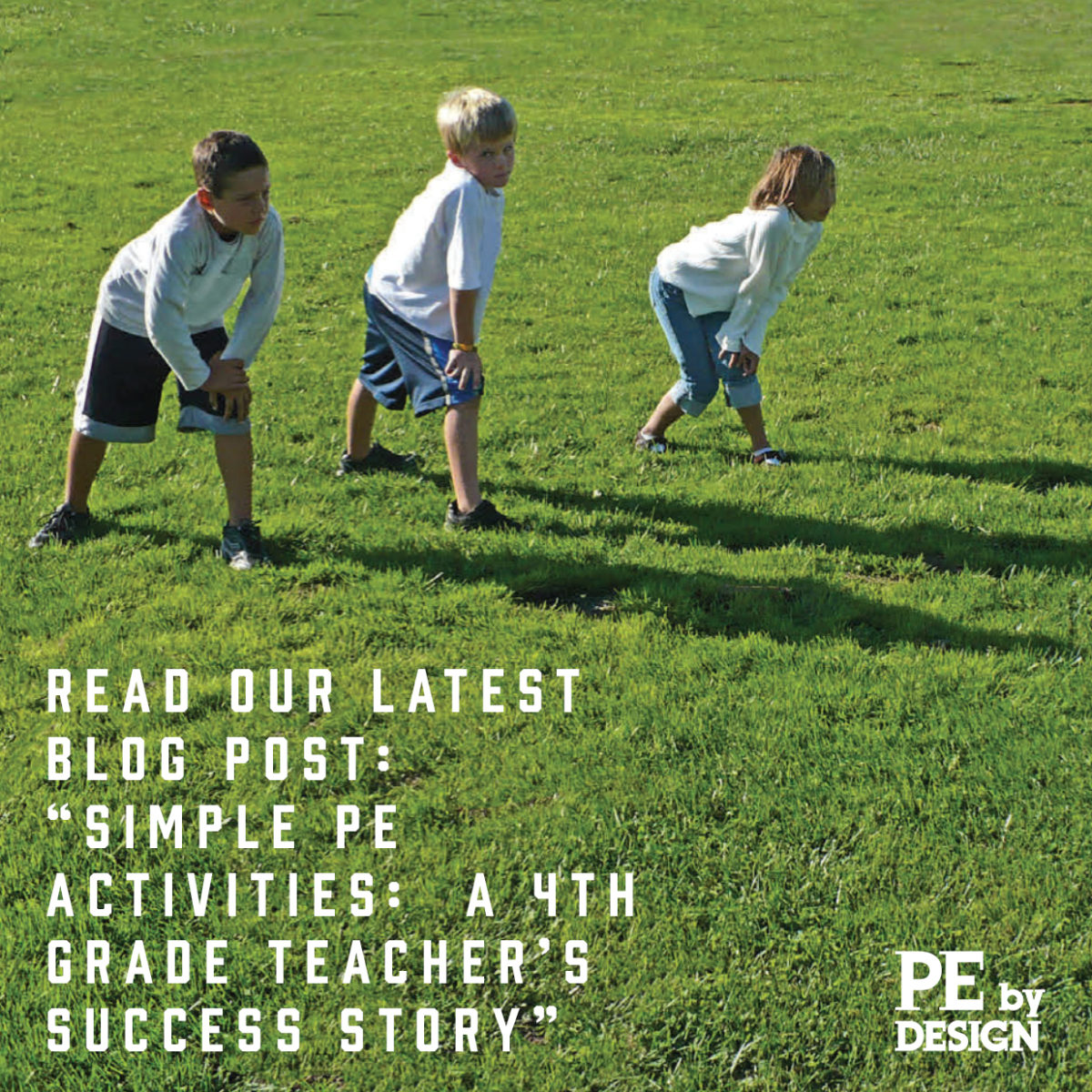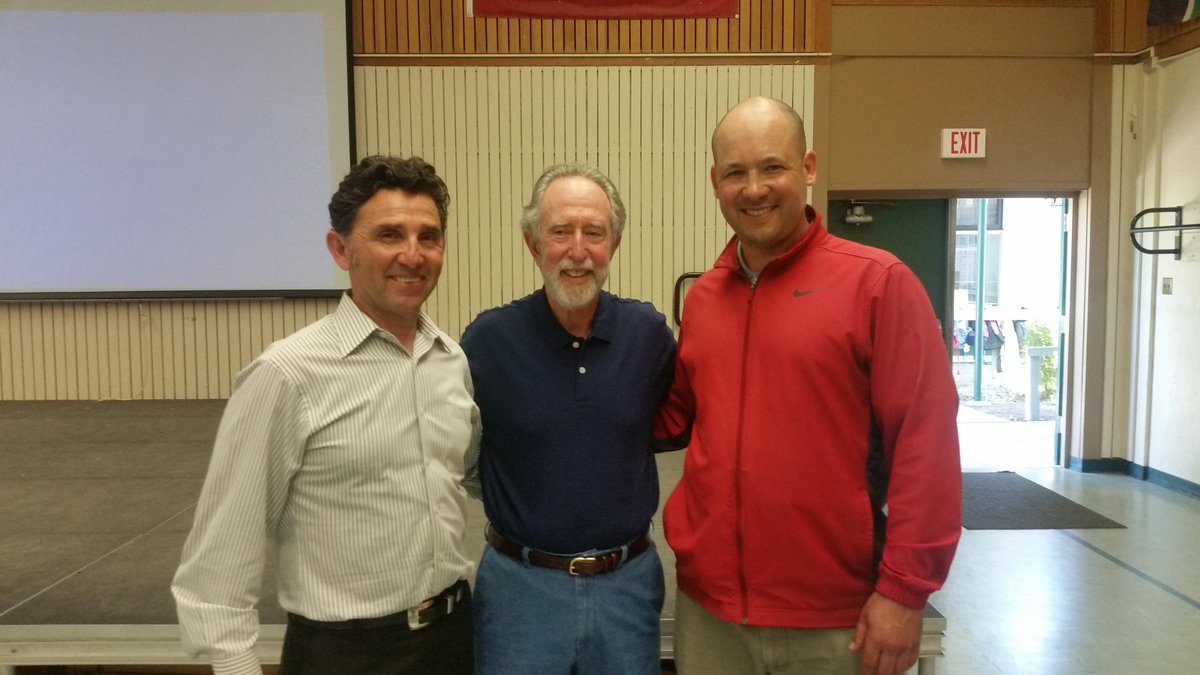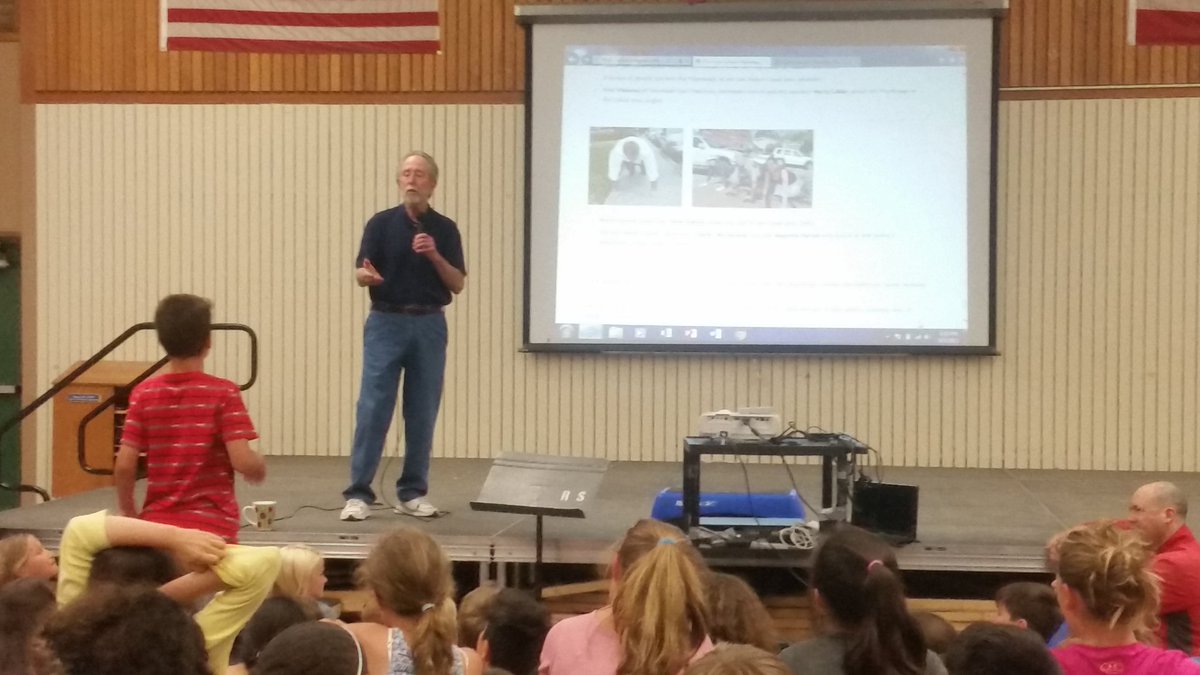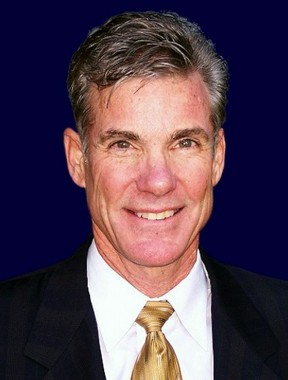Many classroom teachers who are trying to build a PE program have no fitness background and are unfamiliar with basic fitness guidelines for children. If you’re just starting to teach PE, it helps to develop a list of reliable resources about physical fitness and health. And I’d put the Centers for Disease Control and Prevention (CDC) at the top of that list.
The CDC is a federal agency under the U.S. Department of Health and Human Services. It is considered the preeminent public health organization in the United States. The CDC functions as an outlet for health information endorsed by our federal government, and it’s a valuable source of information on fitness for children.
Several sections of the CDC website provide key fitness guidelines specifically for children. Physical Activity Basics is a good place to start. There you’ll find a subsection titled “How Much Physical Activity Do Children Need?” It covers three main categories of exercise for children—aerobic activity, muscle strengthening, and bone strengthening. There are specific recommendations for each category, including perhaps the most-important fitness recommendation of all—kids should receive at least 60 minutes of exercise per day. Use this section to learn what types of activities are appropriate for what ages, how long should children do different types of activities, and how often should they do them.
Another part of the CDC website, Healthy Schools, offers access to several resources on improving children’s health in our schools. In particular, I recommend the School Health Guidelines section. It provides strategies and guidelines for creating a health-focused environment on school campuses.
As you build your PE program, it is vital to keep the basic fitness guidelines in mind. The CDC web pages provide a quick reference on the basics of exercise for children, and specifically, expectations for how schools can approach addressing the health of their children.


